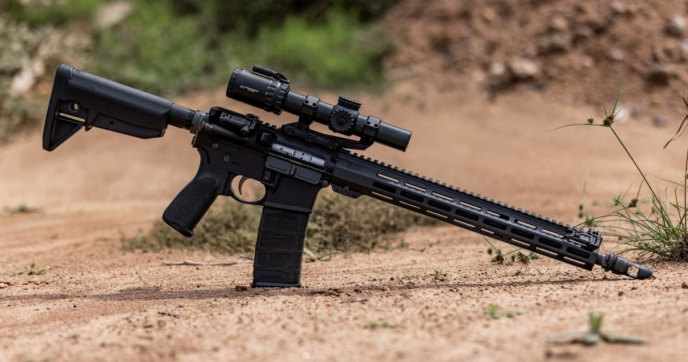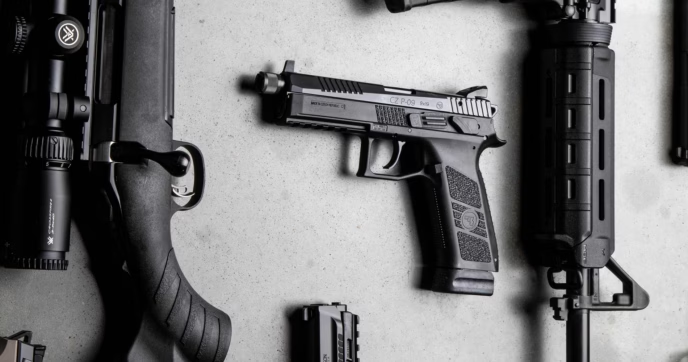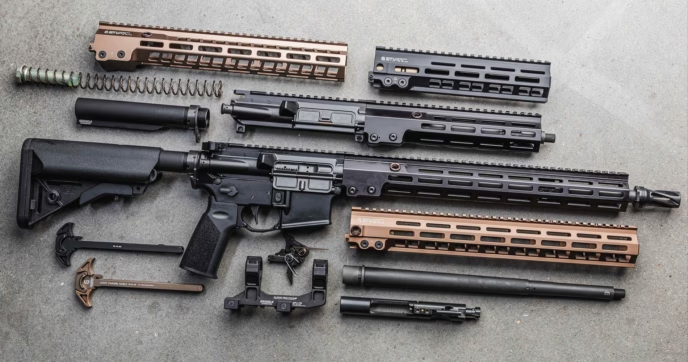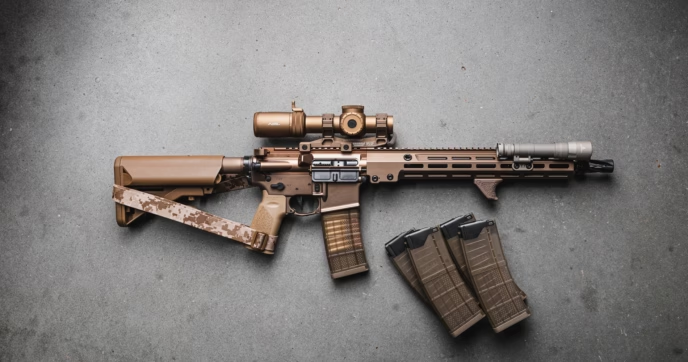One of the defining qualities of the AR-15 platform is its mild, manageable recoil. Compared with full-power rifles and many other defensive platforms, the AR-15’s intermediate cartridge and gas-operated design ordinarily deliver a soft, controllable impulse. When an AR-15 suddenly “kicks” harder than expected, the change is immediately obvious to the operator and carries practical consequences: degraded accuracy, slower follow-up shots, increased flinch or anticipation, and accelerated wear on parts. Correcting excessive recoil restores controllability, improves consistency, and preserves service life.
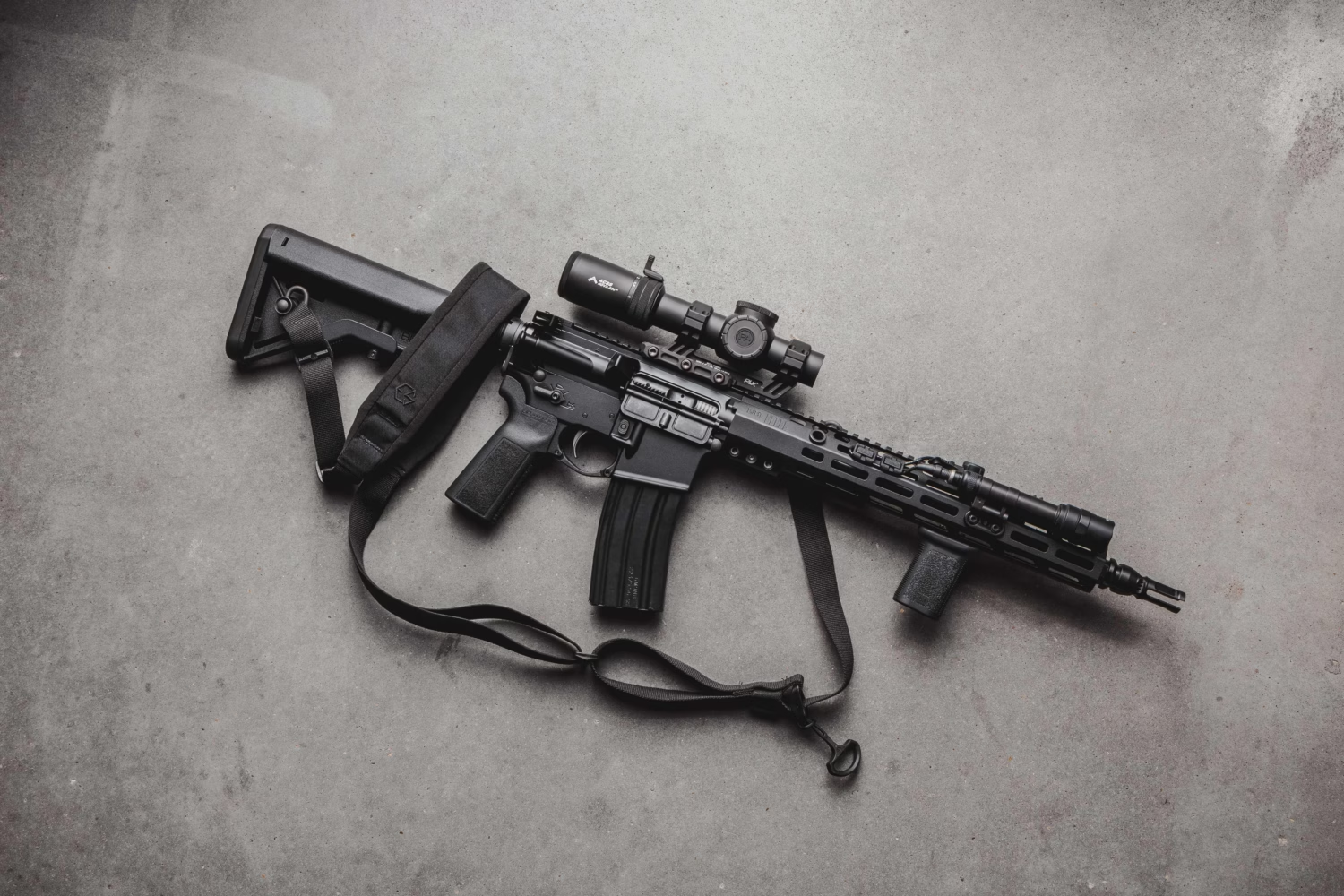
The Science of Recoil
Recoil is the mechanical consequence of energy transfer. When the primer ignites the powder, a large volume of high-pressure gas is produced and propels the bullet forward. The forward momentum of the bullet — and the hot gases that follow it — is countered by equal rearward momentum transmitted into the rifle and ultimately into the operator. The magnitude and character of felt recoil depend on how that energy is distributed.
In an AR-15, the rifle’s internal mechanism shapes the recoil impulse. A portion of propellant gas is bled through the gas port into the gas tube and directed back to the bolt carrier group (BCG). That gas pressure accelerates the BCG rearward, unlocking the bolt and cycling the action. The BCG’s rearward motion is absorbed by the buffer and recoil spring inside the receiver extension; the mass and damping in that system spread the energy over a short duration, reducing the perceived “harshness” of the recoil. This is one of the reasons that the recoil from an AR-15 or comparable semi-auto rifle feels much softer than from a bolt-action, which has no operating mechanism to disperse the energy of the shot.
When the AR-15’s system is well-matched, the result is a relatively smooth, low-magnitude impulse. When components or operating conditions are out of balance, the energy can be concentrated into a shorter, sharper impulse that the operator perceives as increased kick.
Key elements that influence recoil in the AR-15 are the gas system (port size, tube length, and whether the block is fixed or adjustable), the mass and design of the BCG (standard, lightweight, or vented), the buffer and spring (weights and spring rates), ammunition characteristics (pressure and projectile mass), and accessories such as muzzle devices and stock geometry. Any change in one of these variables can alter the system balance and change the feel of recoil.
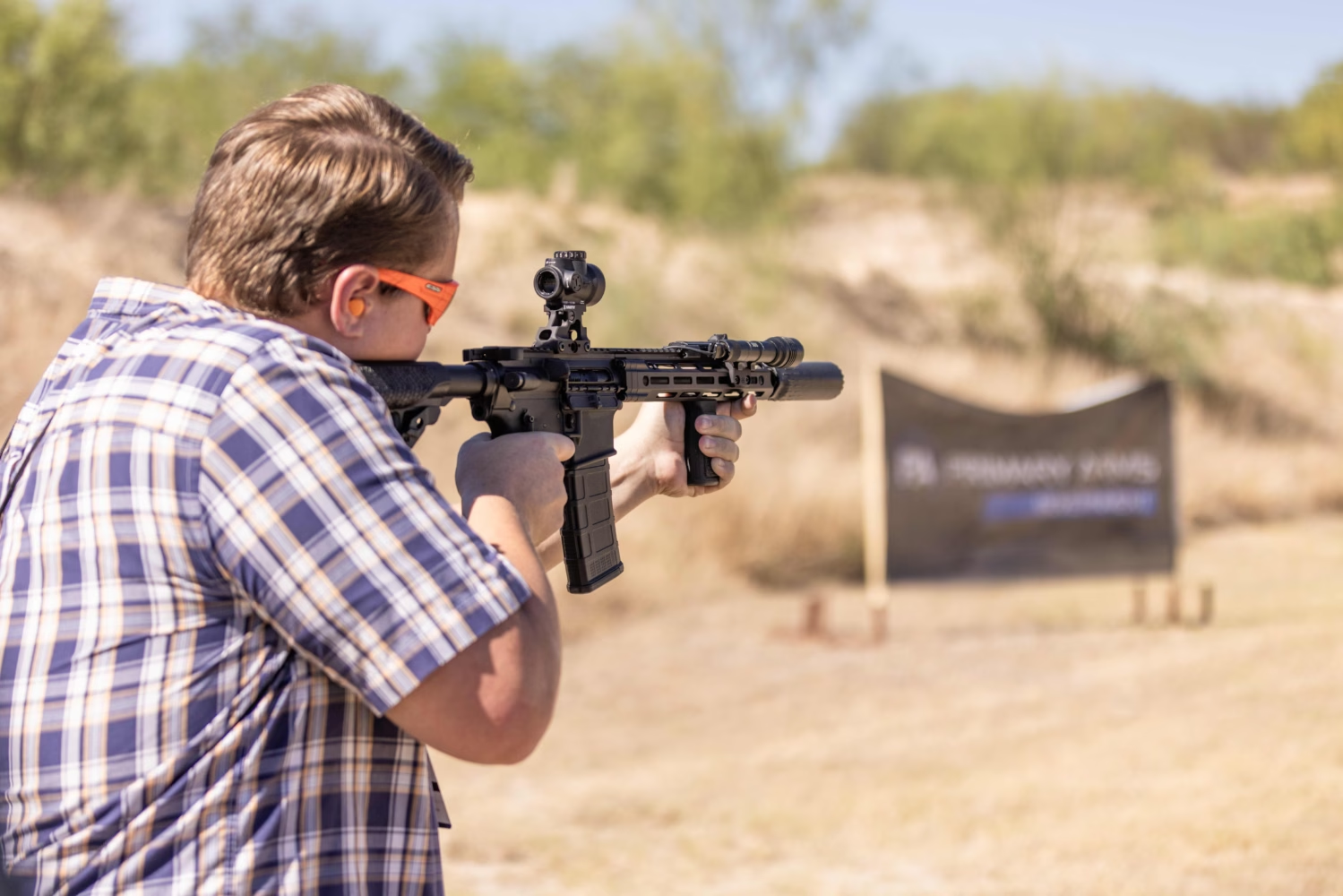
Why Your AR-15 Kicks Too Hard
Excessive recoil in an AR-15 usually traces back to one or more of the following categories: excessive gas pressure delivered to the action, hot or out-of-spec ammunition, worn or inappropriate buffer/spring components, malfunctioning or misaligned gas components, or deliberate modifications that reduce moving mass.
An overgassed rifle, where the action receives too much gas, is a common offender. Excess gas accelerates the BCG more violently, increases carrier velocity, and produces a sharper impact against the buffer system. Similarly, switching to lighter BCGs or buffers without compensating in the gas system will make the rifle feel snappier.
Ammunition also plays a major role. Loads that generate higher chamber pressure or use heavier bullets can increase recoil impulse. Surplus military or specialty loads are often loaded hot relative to standard commercial .223 or 5.56 loads, but the distinction is typically slight. Rounds that produce noticeably sharper recoil may be improperly manufactured and should be treated with the utmost caution, as they may be dangerous to the user.
Worn or fatigued recoil springs and buffers permit the BCG to decelerate incorrectly. A spring that has lost tension or an undersized buffer will allow a faster, harder carrier strike. Muzzle devices and barrel mass also affect how momentum is translated; removing a compensator or switching to a lighter barrel will change the way recoil is perceived, often increasing felt impulse.
Finally, a blockage or misalignment of the gas block can prevent the rifle from cycling altogether, which means that none of the recoil energy is being absorbed or dispersed by the movement of the bolt carrier group, resulting in much sharper perceived recoil.
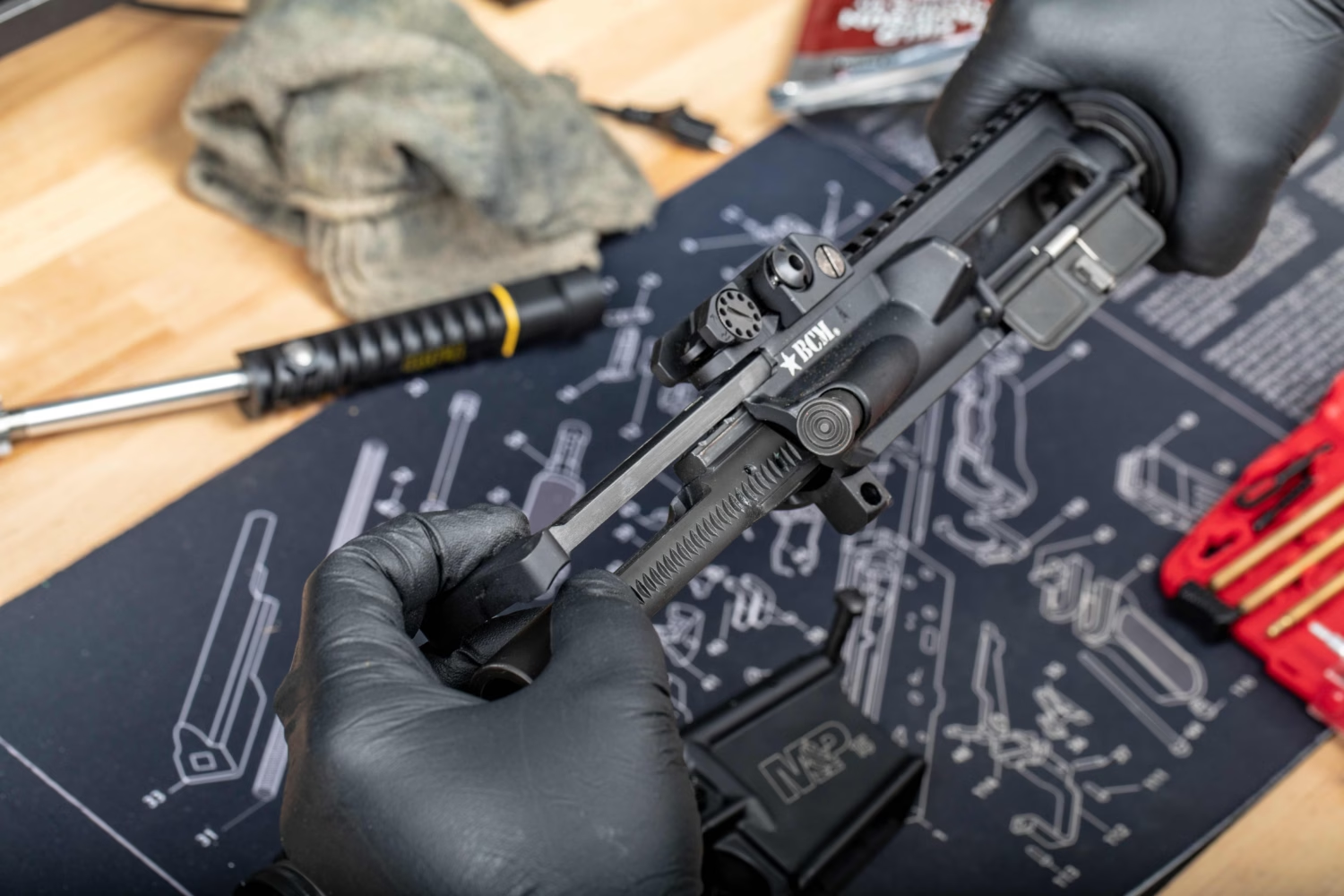
Diagnosing the Issue
Diagnosing excessive recoil requires a methodical approach that isolates variables one at a time. Begin with ammunition: test with a known, typical commercial load of standard pressure and similar bullet weight to what the rifle was designed for. If the problem only appears with one lot or brand, the ammunition is the likely cause. Inspect fired brass: strongly forward-ejecting brass at the 1–2 o’clock position and flattened primers can indicate high gas impulse, whereas weak ejection indicates under-gassing.
After ruling out ammunition, inspect the rifle’s components. If the rifle is failing to cycle in addition to the harsh recoil, check that the gas block is properly aligned over the gas port and that the gas tube is unobstructed. Depending on the age and firing schedule of the rifle, it may be wise to check for carbon buildup or port erosion that could change gas characteristics.
Examine the recoil spring and buffer for wear, corrosion, or improper parts that do not match the rifle’s intended configuration. If a lightweight BCG or low-mass buffer has been installed, consider reinstalling standard spec parts for comparison.
With improper ammunition or worn-out components ruled out as possible causes, it’s time to start experimenting with the gas system.
If the rifle is equipped with adjustable gas, the first step is to try tuning it: start by dialing back the gas one step at a time, test firing the rifle in between adjustments. Observe extraction and ejection patterns, bolt carrier velocity (if available), and overall function. If you feel a reduction in the harshness of the recoil and your rifle is still cycling reliably, it’s likely that it was just overgasssed.
If you don’t have an adjustable gas block, you can experiment with swapping buffers and springs to progressively heavier options to see if the increased force on the bolt carrier balances out the gas pressure. Keep notes on each change so the diagnostic process is repeatable.
If these steps do not reveal the problem and the rifle functions reliably across multiple appropriate loads, accept the possibility that the rifle’s recoil is normal for its configuration. In that case, there are still options you can explore to reduce recoil.
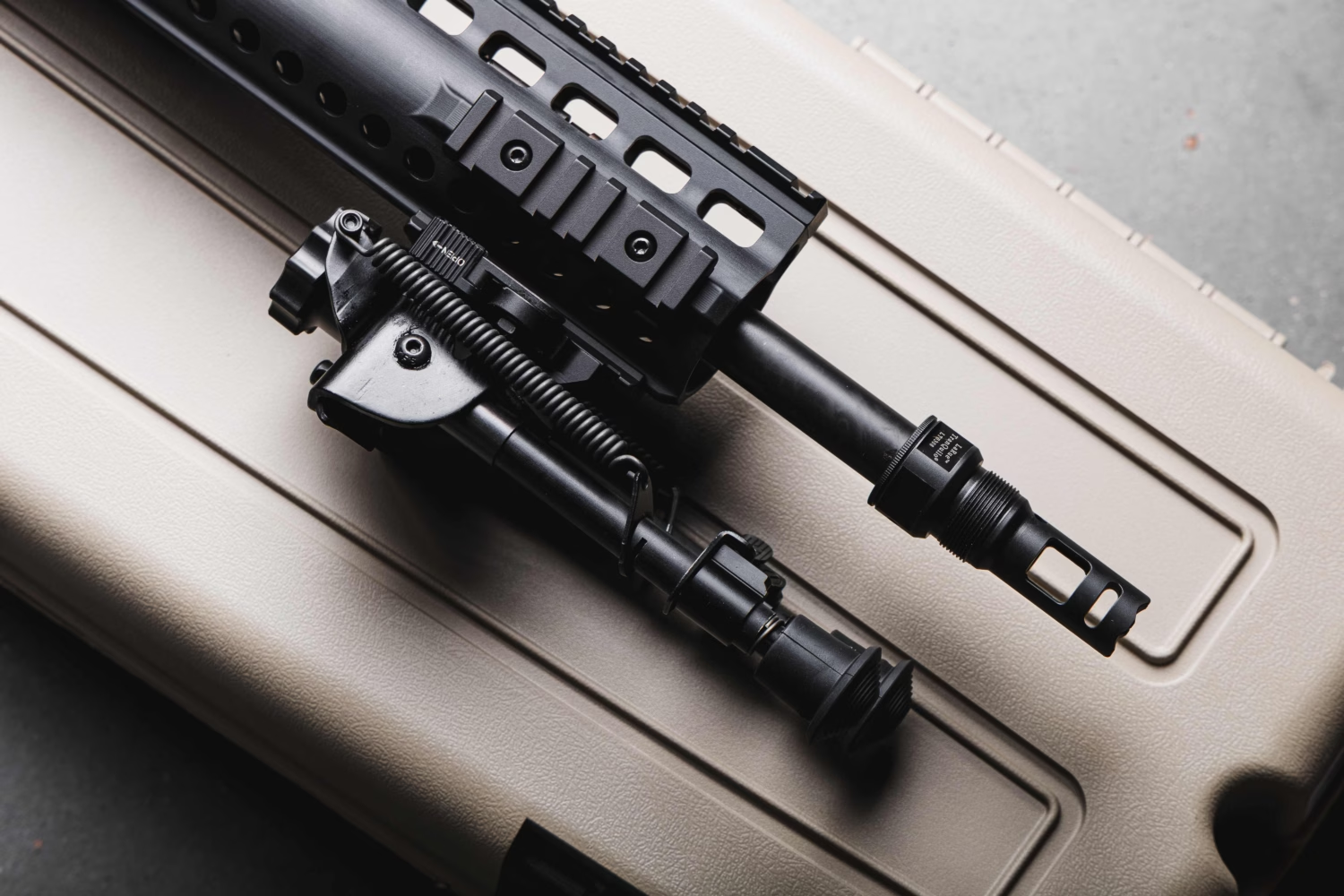
How to Fix Excessive Recoil
Remedy selection depends on the diagnosed cause. For bad or abnormally hot ammunition the solution is to stop using that lot and to replace it with factory loads that meet the rifle’s design specifications. For worn components, replace the recoil spring and buffer with quality parts appropriate for the rifle’s configuration. A blocked or misaligned gas system will require alignment correction and the clearing of any obstructions to restore normal cycling.
If, on the other hand, your recoil issue is caused by excessive gas, the solution because somewhat more complex. Gas system tuning is a delicate balancing act where any one modification can have a myriad of downstream effects. But, tuning the gas system is frequently the most precise and effective way to control recoil without compromising reliability.
Gas-System Tuning
Gas-system tuning is the process of adjusting how much propellant gas is channeled back into the action and when that gas acts on the bolt carrier group. Proper tuning achieves the necessary work to cycle the action while minimizing excess energy imparted to the moving parts. The primary tools for tuning are adjustable AR-15 gas blocks, buffer and spring selection, and bolt carrier configuration; the most effective tuning considers all of these elements together.
While components like your barrel aren’t typically though of as part of the gas tuning process, they do still have a very real effect on it. Barrel length and gas port location determine the dwell time, which is the interval between when the bullet passes the gas port and when it leaves the muzzle. A longer dwell time yields more total gas available to drive the action; a shorter dwell time reduces it. Carbine-length systems (shorter barrels and ports located closer to the chamber) generally produce higher port pressures for a shorter time, while rifle-length systems have lower port pressures but longer dwell time. These physical facts set the baseline for tuning.
Adjustable gas blocks are the most direct means of controlling gas flow. They allow the operator to meter gas from fully open down to significantly restricted or fully blocked levels. When using an adjustable block, the recommended procedure is incremental and conservative: begin with the block set to allow just enough gas to reliably cycle the action with the specific ammunition and under anticipated fouling conditions. Cycle the rifle through live fire and inspect brass ejection, extractor timing, and whether the bolt fully locks back on the last round. If the rifle fails to cycle, incrementally increase gas until reliable function is achieved. Use the minimum reliable setting to reduce excess carrier velocity and soften the recoil impulse.
Interpreting ejection patterns provides immediate feedback. Strong, forward ejection and flattened primers point toward over-gassing. Conversely, weak ejection or failure to eject indicates under-gassing. An adjustable block lets the operator find the sweet spot between these extremes. For multi-role rifles that must run a range of ammunition types, compromise settings or quick-change procedures may be necessary.
Buffer and spring selection is the complementary side of gas tuning. Heavier buffers and stiffer springs slow the rearward acceleration of the BCG, spreading the energy over a longer period. This reduces the sharpness of the impulse felt in the shoulder. Conversely, if the rifle becomes under-gassed as a result of restricting the gas, a lighter buffer or softer spring may be required to preserve reliable extraction and feeding. The same is true for over-gassing and heavier buffer weights.
If you’re not sure how to begin the process of tuning your rifle using buffer weights, reference our guide on Choosing The Right Buffer Weight For Your AR-15.
Bolt carrier design also contributes to your rifle’s tuning balance. Standard-mass carriers are the most common and are typically the baseline most components are designed around. Lightweight carriers, by contrast, accelerate faster and may amplify perceived recoil unless the gas system is leaned out accordingly. Vented or adjustable BCGs intentionally vent excess gas to the front or sides or otherwise restrict it so that less gas pressure acts on the carrier, softening the impulse while preserving reliable cycling. These carriers function as an internal gas-management strategy and are often used as a remedy for rifles that do not have adjustable gas blocks.
Muzzle devices can also interact with gas tuning. A suppressor typically increases back pressure, which can increase gas-system pressures and require re-tuning; many suppressed builds use an adjustable gas block to compensate for the extra back pressure. When installing or removing muzzle devices, re-check gas settings because the device may change the gas dynamics and thus the rifle’s behavior.
Temperature, fouling, and component wear change gas dynamics over time. The initial tuning should account for a margin of reliability as the rifle accumulates fouling and as temperatures vary. The objective is to choose a setting and component combination that retains reliable extraction and feeding with the intended ammunition across expected operating conditions while minimizing excess gas. For professional or defensive applications where absolute reliability is non-negotiable, the operator may accept slightly higher gas settings to ensure function under adverse conditions, even at the cost of a marginal increase in recoil.
Measurement and verification can be practiced with simple tools and observations. Recording ejection patterns, timing of bolt lockup, and the carrier’s behavior under high-speed observation (where available) aids objective tuning. Always document settings and component combinations so that any change can be reversed. If unfamiliar with gas-system tuning, consult a qualified armorer or gunsmith to avoid under-gassing critical systems and creating reliability issues at the worst possible time.
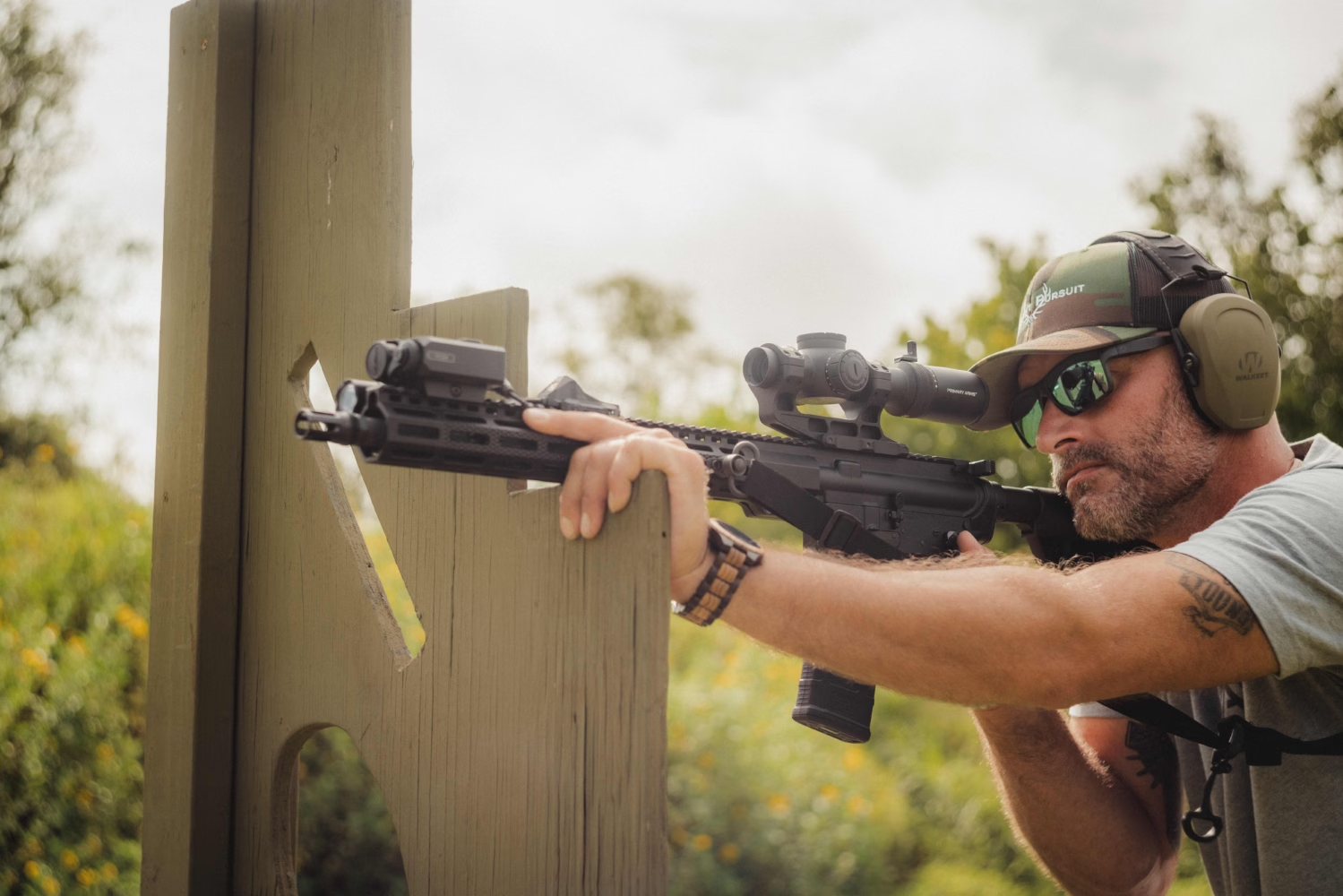
Other Recoil Remedies
If the rifle functions normally across appropriate test ammunition and a methodical inspection reveals no worn or damaged parts, it is possible that the rifle’s perceived harsh recoil is simply a natural consequence of its configuration. Lightweight builds, short barrels, minimalistic stocks, and high-velocity loads produce a different operator experience than heavier, longer, or more heavily accessorized rifles. In these cases the following remedies can reduce felt recoil while preserving reliability.
Adding mass to the rifle is an effective, passive way to lower felt impulse. A heavier barrel, denser handguard, or the addition of accessories that distribute weight forward reduces felt recoil because additional system mass absorbs more of the momentum. Conversely, removing weight will generally increase perceived recoil.
Muzzle devices such as muzzle brakes and compensators are among the most effective single changes. A properly designed compensator reduces muzzle rise and redistributes recoil energy so follow-up actions are faster and perceived recoil is reduced. A muzzle brake reduces rearward recoil significantly, at the cost of increased noise and side blast to bystanders. For operators who require minimal signature, hybrid devices that seek compromise between flash suppression and some recoil mitigation exist, but their effectiveness is lower than dedicated brakes or compensators. For a full breakdown, check out our guide to Muzzle Brake Vs. Flash Hider Vs. Compensator.
With these muzzle devices, though, timing is important. If you’re not sure what that is or how to do it, be sure to read through our article on How To Time A Muzzle Device before installing.
Stock selection and ergonomics change how the operator experiences recoil. Stocks that present a solid, repeatable cheek weld and that index the shoulder consistently will translate the same energy in a more user-friendly manner. A well-designed recoil pad will spread the contact area and reduce perceived sharpness. Changing the stock geometry, length of pull, and cheek height to suit the operator will often make the rifle feel more controllable without altering mechanical function.
For maximum effectiveness, multiple of these AR-15 parts and accessories can be used in concert for recoil reduction. Adding a heavier handguard, tunable gas block, and muzzle brake to your rifle can net a substantial reduction in felt recoil.
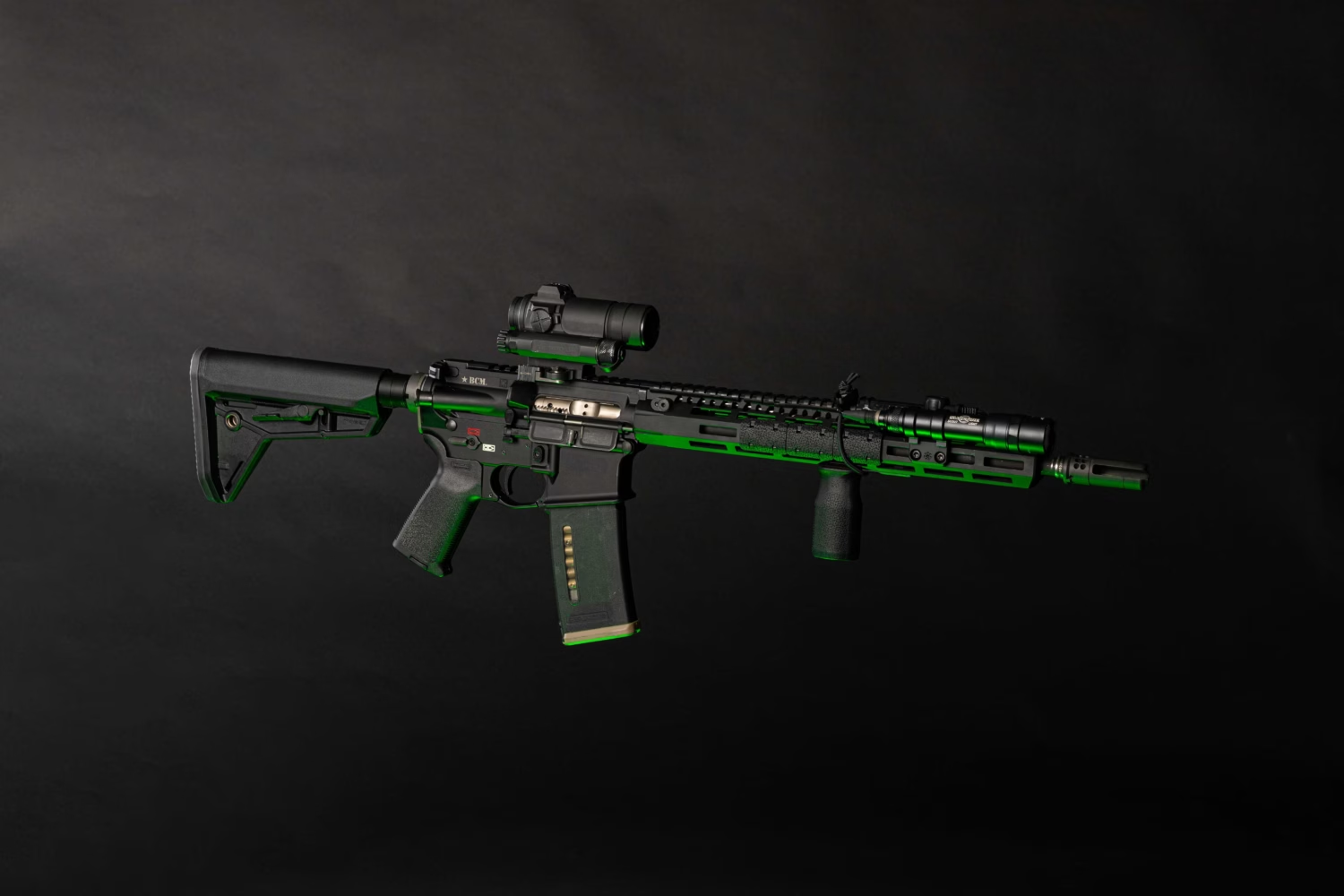
Conclusion
An AR-15 that “kicks” harder than expected is rarely the result of a single mystery problem. Recoil is a system outcome determined by ammunition, gas dynamics, moving mass, buffer/spring characteristics, muzzle devices, and ergonomics. A methodical diagnostic process — beginning with ammunition checks, component inspection, and incremental testing — will isolate the cause in the majority of cases.
When the gas system is the issue, careful tuning with adjustable gas blocks, buffer/spring selection, and optional BCG designs provides precise control over the impulse transmitted to the operator. If the rifle is simply configured in a way that produces a higher, but normal, recoil level, adding mass, changing muzzle devices, and optimizing stock ergonomics are proven remedies.
Addressing excessive recoil restores controllability, improves accuracy and follow-up speed, and extends component life. Operators who approach the problem systematically and document changes will arrive at a reliable, repeatable configuration that balances function with the desired recoil characteristics. If further assistance is desired, a qualified armorer can perform controlled tuning and testing tailored to the rifle and the ammunition in use.
